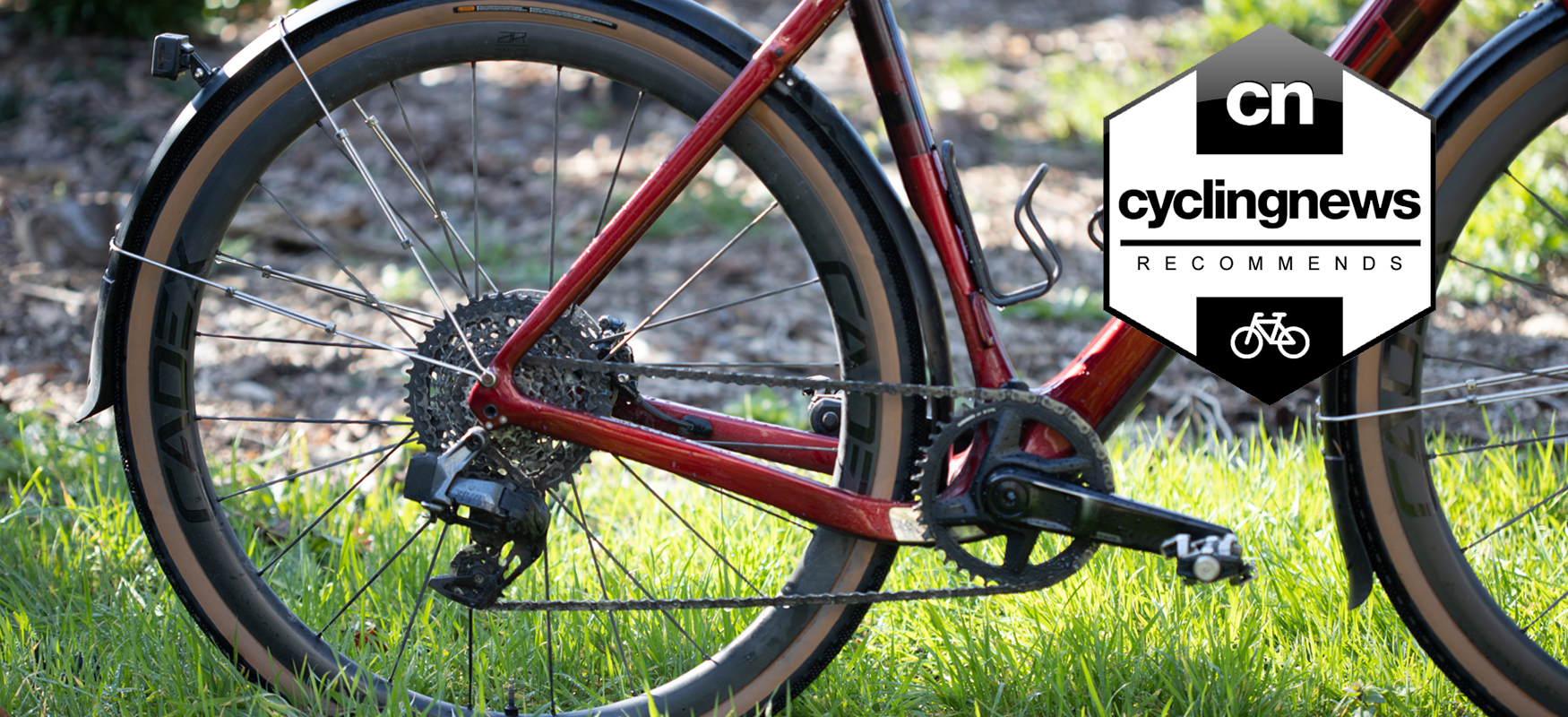Cyclingnews Verdict
The Cadex AR 35 Disc wheelset is a light and lively feeling option with a responsive and robust rear hub
Pros
- +
Cadex R2-C60 rear hub is simple but also robust
- +
25mm internal width
- +
Hookless rim design
- +
Light at 1,270g
- +
Wide tyre compatibility
Cons
- -
No specific aero optimisation
You can trust Cyclingnews
Gravel riding has come a long way since the days of people pitching up at group rides with mis-matched bikes to see who was faster. Now, the UCI is officially sanctioning races and there's huge demand for getting out in nature to explore on drop-bar bikes. Gravel riding has officially gone mainstream and that means new and better equipment options.
Wheels continue to be one of the best ways to transform a new bike and make it exactly what you want it to be and the same ethos applies to the gravel discipline. Over the last few months, we've put the Cadex AR 35 Disc wheelset through the worst conditions we could and now we are ready to talk about them. If you are looking for a new gravel wheelset keep reading to see how these stack up against the best gravel wheels.
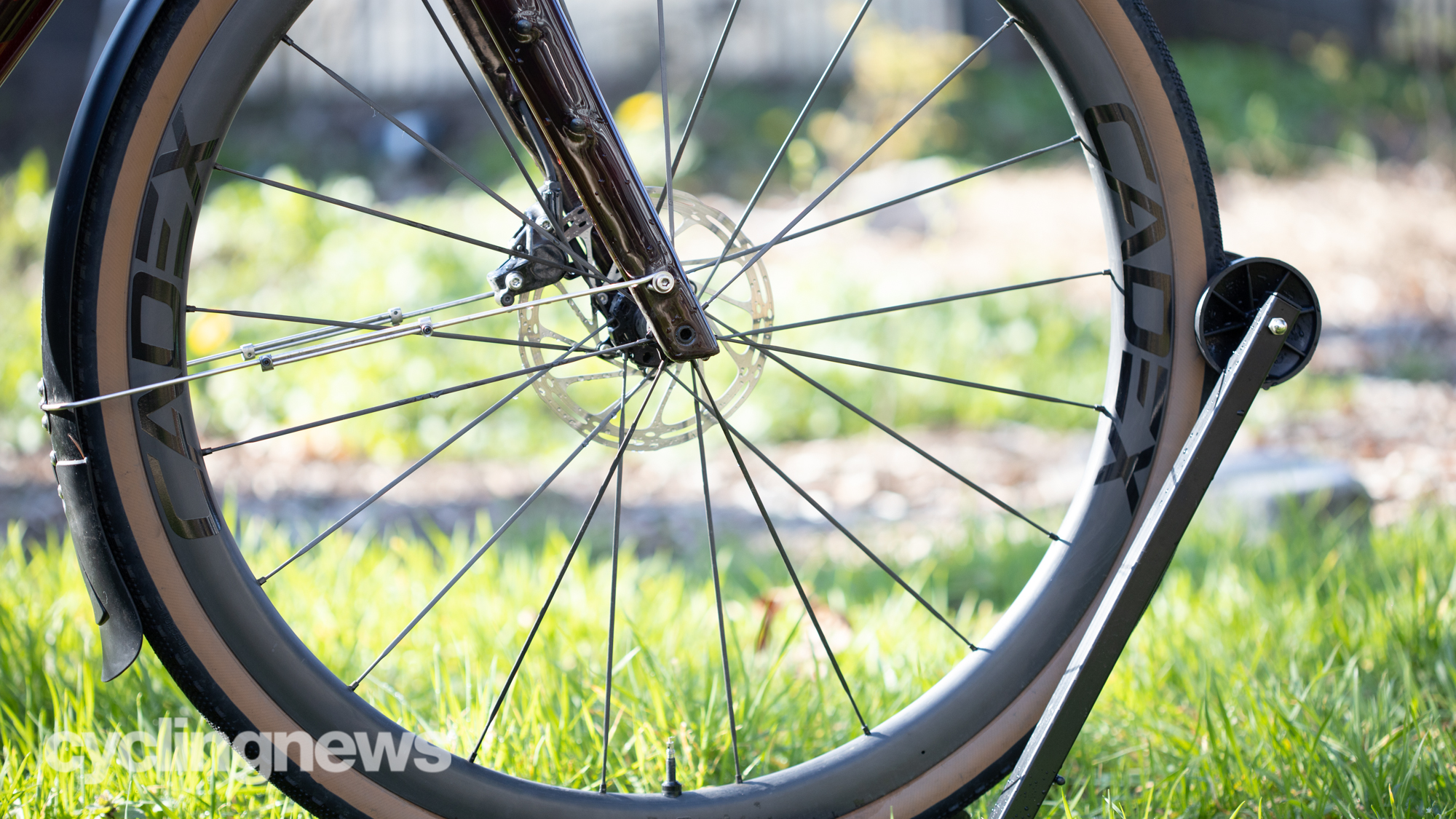
Design and aesthetics
You can think about the design of the new Cadex AR 35 disc as an evolution of the other products in the Cadex line-up. It's only been a few years since Giant re-introduced the Cadex brand name, and the portfolio of products continues with a targeted approach. Each new introduction builds on the previous and that remains true even as Cadex makes the leap from road to gravel.
Visually speaking, the new wheels are almost exactly the same as the other wheels in the line-up. There are no graphics or extensive design details. Instead, the raw carbon is on full display with a matte finish. The brand name stands out in a contrasting gloss black. The last detail is a small "C" logo that marks the valve stem hole. If you were to wrap Cadex AR 35 disc in road tyres you'd be forgiven for mistaking them for the Cadex 36 disc road wheelset.
Similarities continue with the hookless construction on the rim. The hooked bead on a carbon wheel adds significant weight and Cadex keeps the spotlight on weight reduction. It's a small detail and getting it strong enough to take abuse requires extra material. Eliminating it allows for a wheel that's lighter while also being stronger. The downside to hookless construction is a greater chance for a tyre blow off in a tubeless application. Cadex is a risk averse company and that means there's a limited number of tested and approved tyre options. With the Cadex AR 35 disc gravel wheelset, there's much less limitation. The design is the same but wider tyres and lower pressures mean better compatibility. Most tyres with a width of 28-45mm will fit the hookless, 25mm internal width, rims.
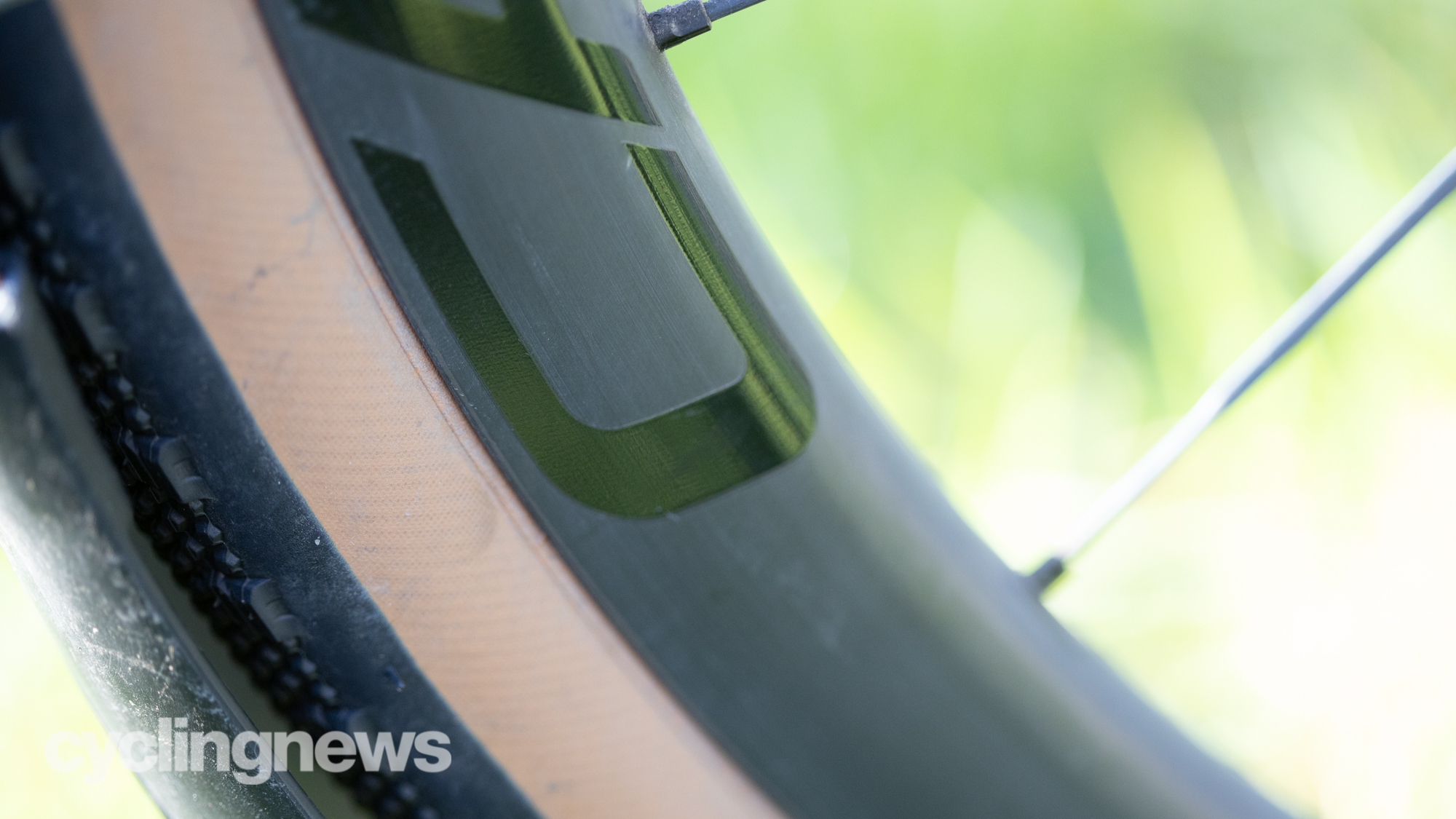
The spokes are another place where Cadex has doubled down on its existing technology. Spokes are an obvious place where small changes have big ripple effects. Saving just a little weight with a new spoke design has the potential to reduce the overall weight of the wheelset. Where Cadex stands apart from some brands is in the serviceability of the carbon spokes. Instead of bonding the spokes to the wheel the company mechanically joins the carbon spoke to a metal end without the use of glue. Those metal ends then attach to the rest of wheel like a standard steel spoke.
Where you start to see a departure from existing Cadex wheels is in the hubs. New to the AR 35 disc is the centerlock R2-C60 Hub. In the front, the change means the end cap, bearing and bushing interface moves to an integrated axle running the length of the hub. The goal is durability but front hubs are inherently simple. At the rear there's bigger changes.
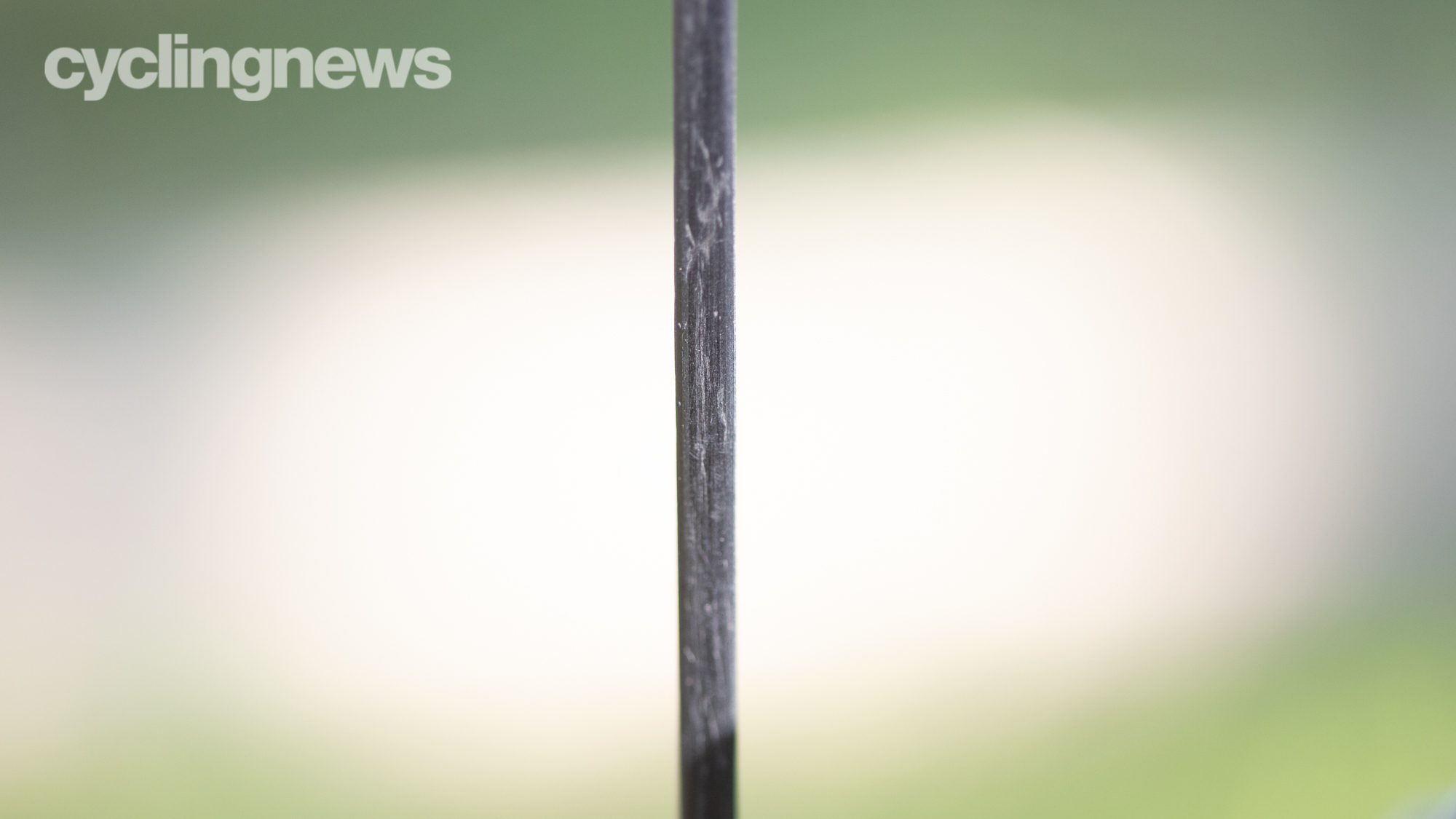
The design of the hub, available in SRAM XDR, Shimano HG and Campagnolo N3W options, isn't completely different but brings new innovations. Both road options and the 35 AR disc use a ratchet-type hub with limited parts. The freehub comes free with a yank once the cassette is off. Inside is a spring holding an outer ratchet hub against an inner ratchet that stays stationary against the hub shell. Looking to add "quicker timing, quicker engagement, lower friction and better efficiency" the new design changes both the spring and the number of teeth.
Responsible for holding the outer ratchet against the inner is a small spring. While the old road hub design, as well as the similar DT Swiss design, uses a round coiled spring the 35 AR disc changes the spring to a flat design. Moving to this design means that the natural plane of movement is entirely vertical as opposed to both vertical and horizontal - think of the way a slinky moves. There's no wasted energy as the spring pushes against the shell of the hub and less chance of distortion if you change freehubs.
The ratchets have also undergone a design change. The older hub uses a 36-tooth ratchet engagement. The R2-C60 hub moves to a 60-tooth design. This helps overall efficiency and makes for faster engagement.
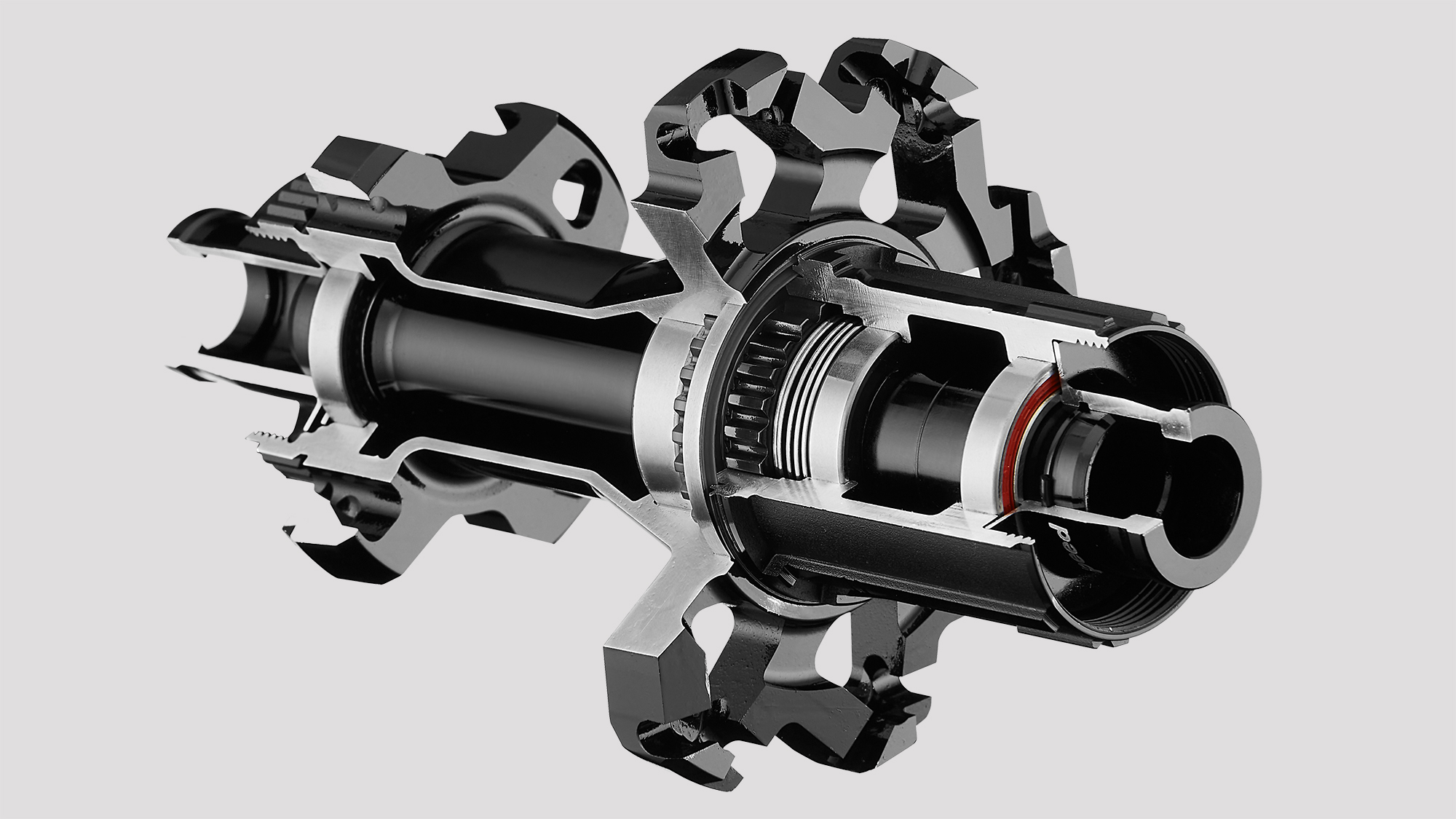
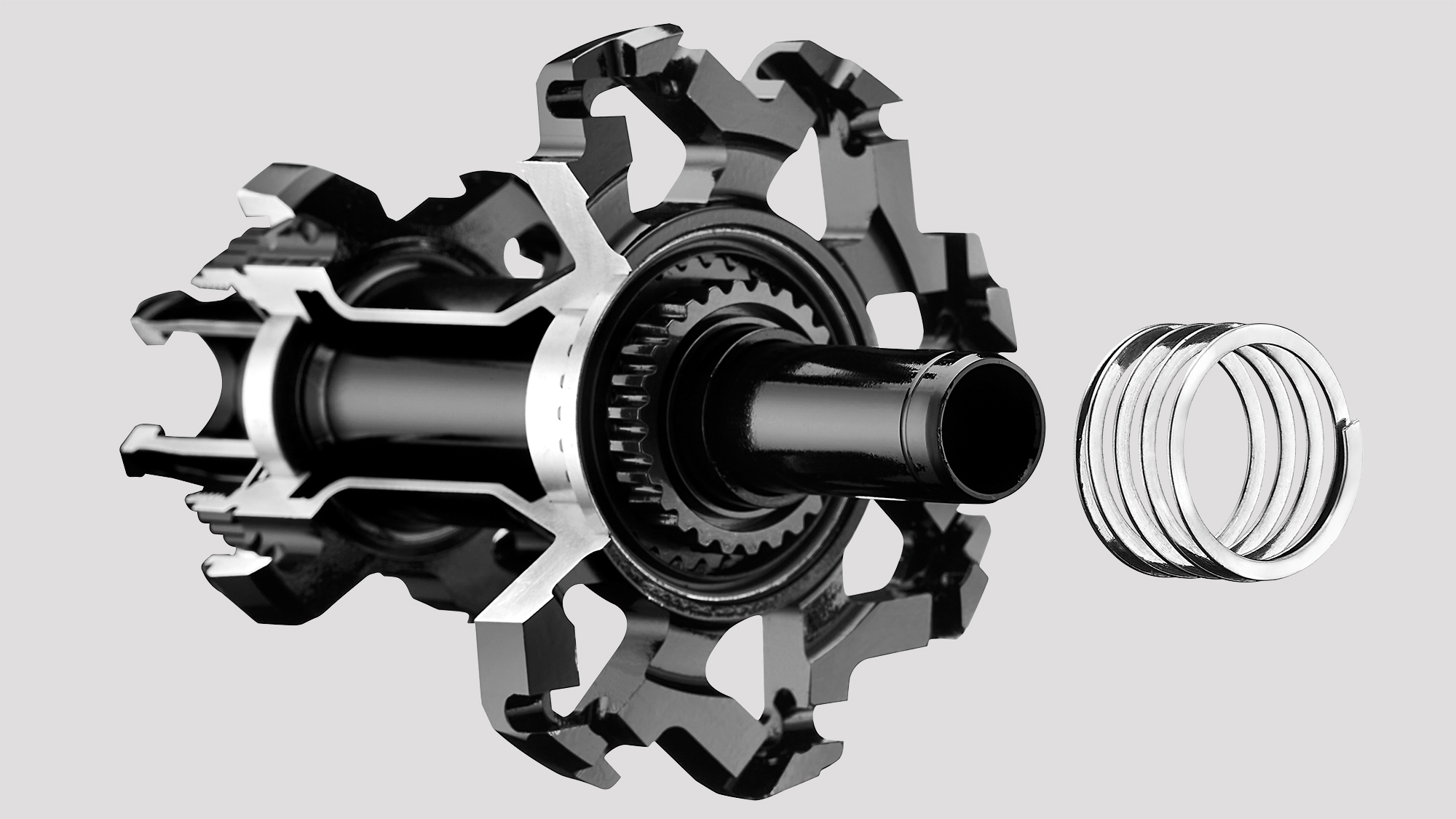
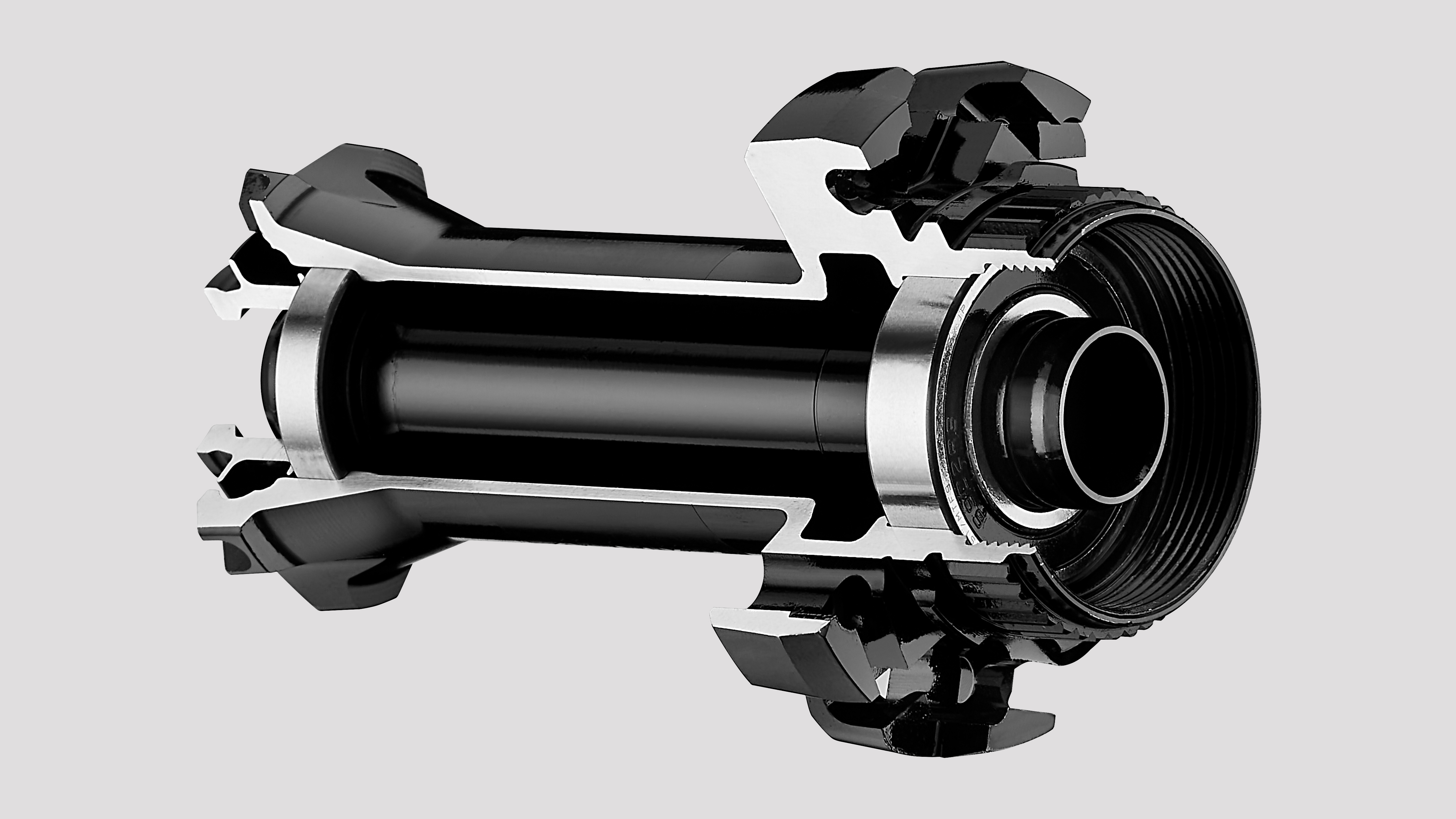
Performance
I've been riding Cadex for years as my primary wheels and I tend to rotate them with other wheels as I test them but keep coming back to them as my personal Cadex rolling stock. While testing, I had the opportunity to dive even deeper into the details of those wheels and see how they compare to the Cadex AR 35 disc wheelset.
In terms of the hub and it's incredible how simple the design is. Open it up and there's a ratchet side that's locked into the hub then a floating piece that interfaces between the freehub and the rest of the hub and a spring that holds it all in place. That spring is ripe for distortion as it locks itself against the body of the freehub and moving to a design that only moves in one plane of motion makes a lot of sense.
I've also had the opportunity, recently, to test the strength of the hookless rim edge. At the bottom of a descent, I crossed train tracks at 30mph (49km/h) and immediately regretted it. The tire separated from the bead in a section about as wide as my finger and lost pressure. The wheel remained completely undamaged though and I have total trust in its ability to deal with dirt and rocks off the road.
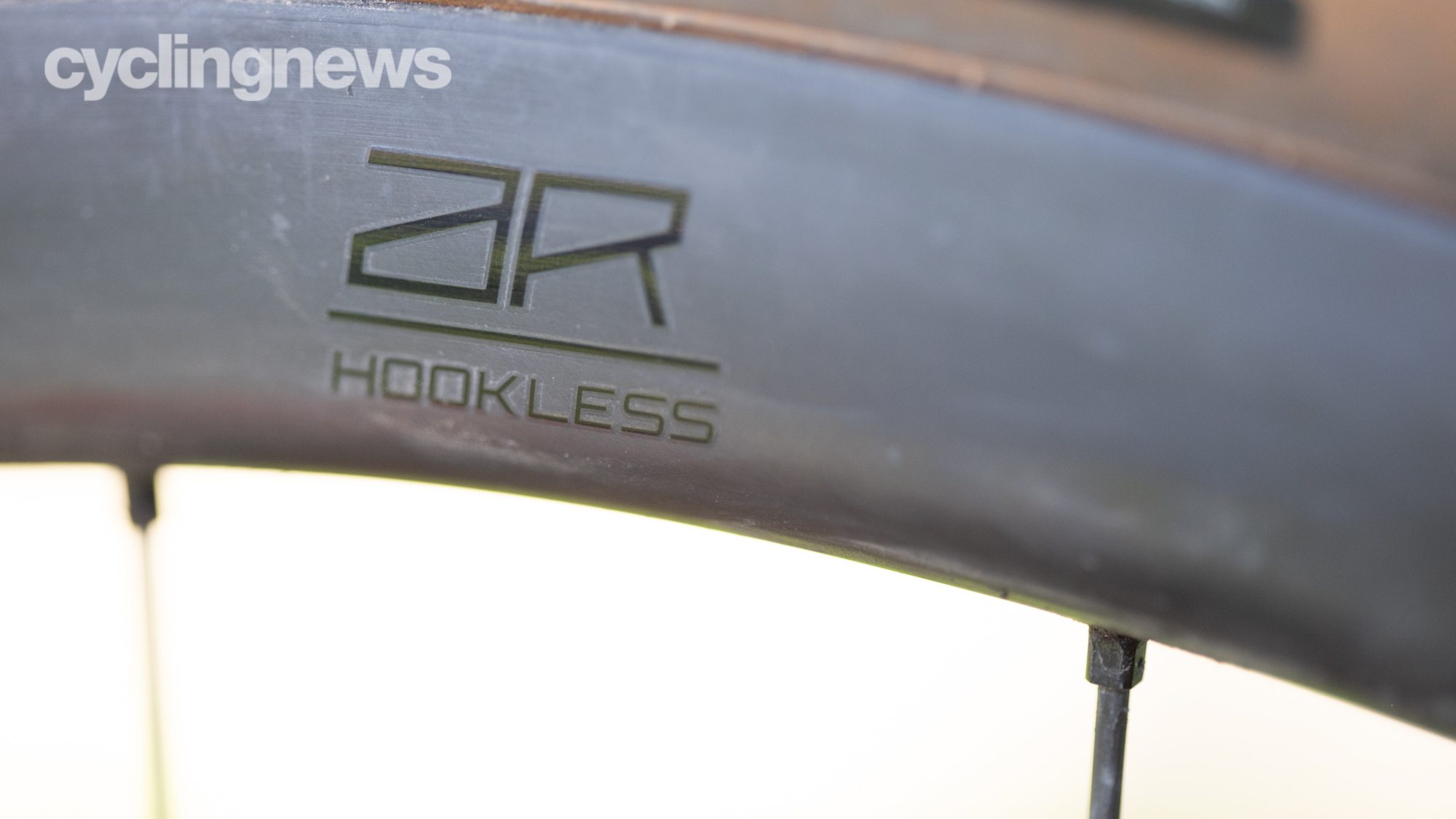
Although the move from a 36 tooth to a 60 tooth hub makes for a lovely sound, I can't tell the difference in engagement. The old design was fast and so is the new one. While I can't specifically say I can feel the Dynamic Balanced Lacing (DBL) spoke technology, I can confirm the wheels feel lively and responsive but that could just as easily be a function of the rather excellent new Cadex AR tyres.
The Cadex AR 35 disc wheelset is a prime option as a gravel race wheel. At 1,270g, it's incredibly light - even for a climbing-specific road wheel - so to see that weight in a 35mm deep gravel wheel with a 25mm internal width is incredible. Pair that with all the focus on fast engagement and these deserve race time but I've been riding with them through the winter season and can vouch for their durability.
I've put about 1500-miles / 2400km on the Cadex AR 35 Disc wheels through January and February. That means lots of rain and mud. Even road riding in the heavy rain leaves a bike filthy and is particularly hard on hubs. The way the Cadex hubs go together, plus the ceramic bearings, it seems possible that water intrusion could be an issue but in all that time, I've barely even washed them. I certainly haven't pulled them apart and cleaned them or added new grease. Through it all they've been a faithful companion without a single issue. I can't ask for more than that.
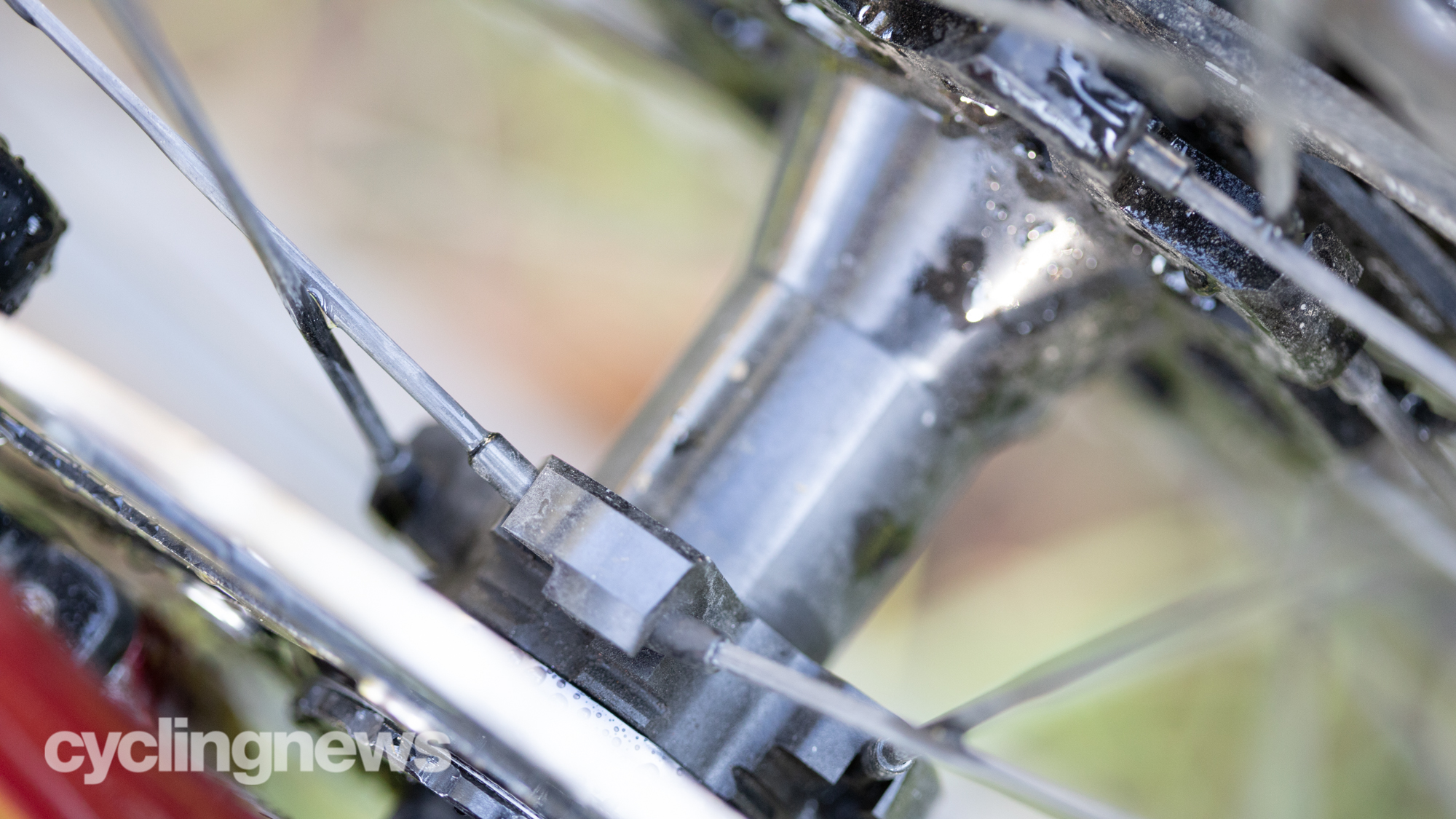
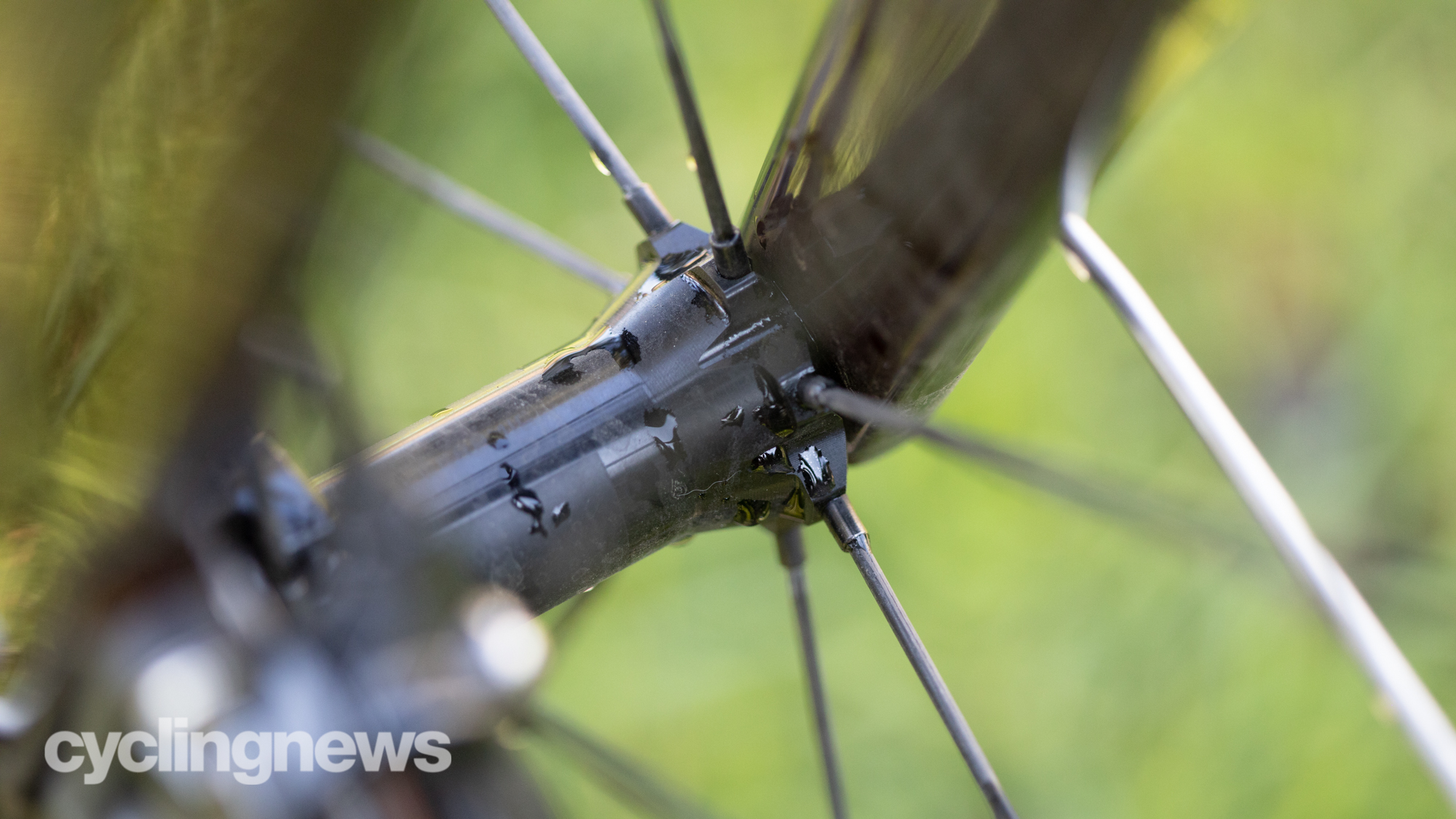
Verdict
The Cadex AR 35 Disc wheelset has all the markings of an excellent gravel race wheel. It's incredibly light and there's a lot of focus on fast engagement. The hookless design pushes the tyre into the best possible shape for traction and the ceramic bearings and hub design contribute to fast power transfer and smooth rolling.
That's only the conceptual story though. None of that matters if you've got a delicate design that doesn't hold up. The same hookless design that creates a rounder tire shape for better grip and sidewall support also means better impact resistance. At the same time the hubs seem to be all but immune to dirt, grime, and water. The Cadex AR 35 Disc isn't just a fast wheel, it's a strong wheel.
Tech Specs: Cadex AR 35 Disc wheels
- Price: £1,099.99 (front), £1,399.99 (rear) / $1,400 (front), $1,600 (rear) / AU$1,800 (front), AU$2,320 (rear)
- Weight: 1,270g (pair)
- Tyre format: Tubeless clincher
- Brake: Disc
- Depth: 35mm
- Outer width: 31mm
- Inner width: 25mm
- Bearings: Cadex Ceramic
Josh hails from the Pacific Northwest of the United States but would prefer riding through the desert than the rain. He will happily talk for hours about the minutiae of cycling tech but also has an understanding that most people just want things to work. He is a road cyclist at heart and doesn't care much if those roads are paved, dirt, or digital. Although he rarely races, if you ask him to ride from sunrise to sunset the answer will be yes. Height: 5'9" Weight: 140 lb. Rides: Salsa Warbird, Cannondale CAAD9, Enve Melee, Look 795 Blade RS, Priority Continuum Onyx
